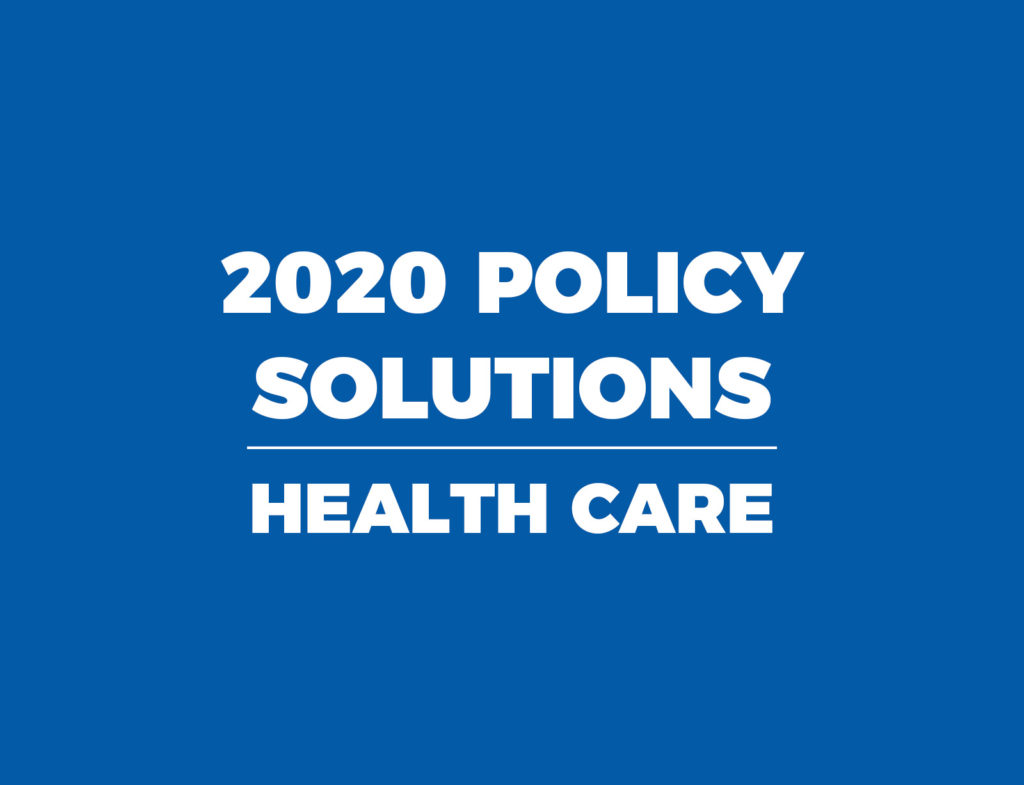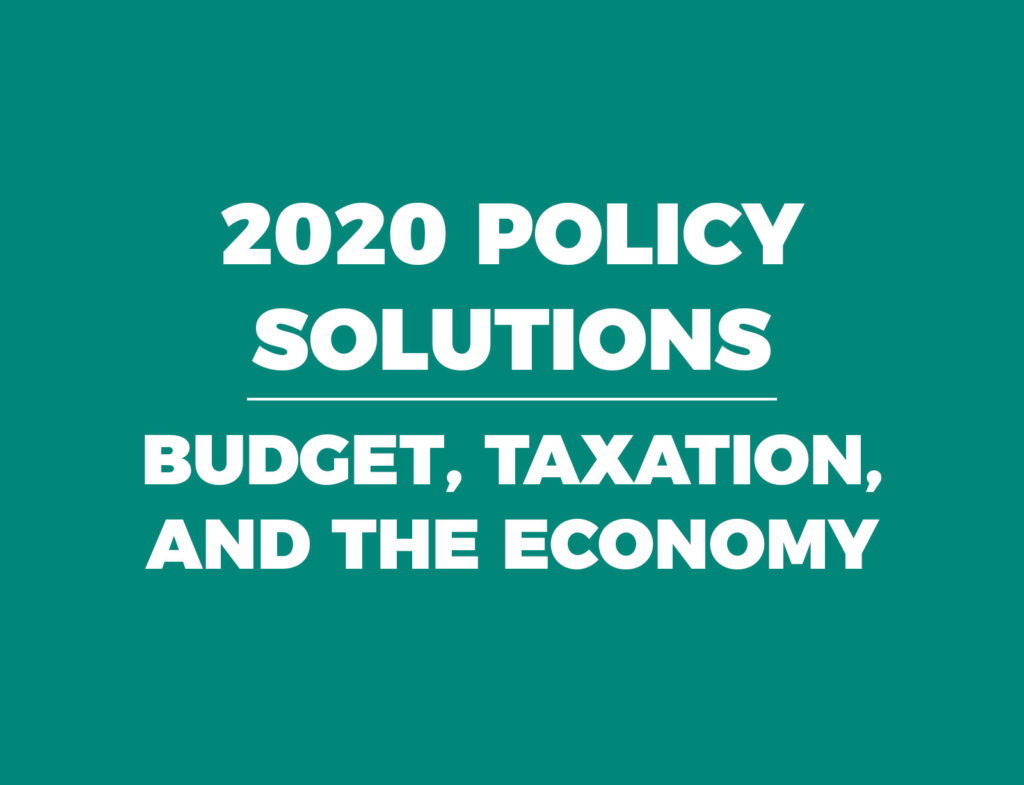Introduction
Updated as of January 2020.
The state began offering subsidies for child care services in 1964, making the Subsidized Child Care Program one of North Carolina’s longest-running welfare programs. The program provides vouchers to eligible families for child care services offered in any number of settings — licensed child care centers, family child care homes, religious-sponsored programs, and informal arrangements such as care by a relative or care in the child’s home.
To qualify, parents must meet both situational and financial criteria. Parents must be employed (or seeking employment) or enrolled in an education program. They may also qualify if their child has developmental needs or is receiving child protective or welfare services. Income eligibility depends on income and family size, but subsidy recipients are required to contribute to the cost of child care.
The Division of Child Development and Early Education, a division of the North Carolina Department of Health and Human Services (DHHS), oversees the Subsidized Child Care Program and evaluates the quality of all licensed child care centers and family child care homes in North Carolina. County social services departments administer the subsidy program. A third entity, the North Carolina Child Care Commission, adopts regulations that ensure DHHS compliance with legislation passed by the North Carolina General Assembly.
While state and county agencies manage the program, the federal government supplies most of the dollars for the Subsidized Child Care Program. Only about one-fifth of the funding for the Subsidized Child Care Program comes from the North Carolina General Fund. The remainder of the funding for the program comes from two federal grants: the Child Care and Development Fund (CCDF) and Temporary Assistance for Needy Families (TANF).
Although hundreds of millions of state and federal dollars are appropriated for child care subsidies, it is important to note that most preschool families do not receive a subsidy, nor do they spend their days in centers or homes where paid staff care for them. Stay-at-home mothers, working mothers and fathers, relatives, and neighbors supply the majority of care provided to preschoolers, and usually on a nonpaid basis.
Key Facts
- The total budget for child care subsidies (including administration) in North Carolina was over $399 million in 2019. The North Carolina General Assembly provided approximately 20 percent of the total.
- As of Fiscal Year 2017-18, around 82 percent of parents who receive a child care subsidy are employed, and 81 percent of parents who receive a subsidy earn less than $25,000 per year.
- To be eligible for subsidized child care assistance, a family of four with children ages 0-5 or special-needs children may not have a gross monthly income that exceeds $4,100. For children ages 6-12, the maximum gross monthly income for a family of four is $2,727.
- Parents are required to pay a fee of 10 percent of maximum gross monthly income toward the cost of child care.
- As of September 2019, over 56,000 children received subsidized child care services (not including children served by Smart Start Subsidy) and over 42,000 eligible children were on wait lists for the Subsidized Child Care Program. In general, wait lists reflect economic conditions and funding levels.
- North Carolina has nearly 4,500 regulated child care centers and nearly 1,500 regulated family child care homes as of September 2019. Approximately 96 percent of children who receive care outside of the home are enrolled at child care centers.
- Starting in 2000, the North Carolina Division of Child Development and Early Education began to evaluate child care facilities using the Star Rating System. Facilities earn stars based on staff education and program standards. One star facilities meet minimum licensing requirements. Five star facilities meet the highest quality standards.
Recommendations
- Collect, analyze, and disseminate longitudinal data on child care subsidy participation to assess entry, exit, and re-entry trends and to detail the impact of eligibility, provider, and program funding changes on household income and child care arrangements. Child care subsidies should furnish financial stability for adults and promote developmental gains for children.
- Determine whether there is a relationship between subsidy use in North Carolina and children’s social-emotional, cognitive, health, and behavioral development. Child care subsidies should provide both short- and long-term benefits, not just supervision, for participating children.
- Limit regulation of day-care operations to health and safety requirements only. Parents should make their own decisions about the trade-offs between price and child-staff ratios or qualifications.



